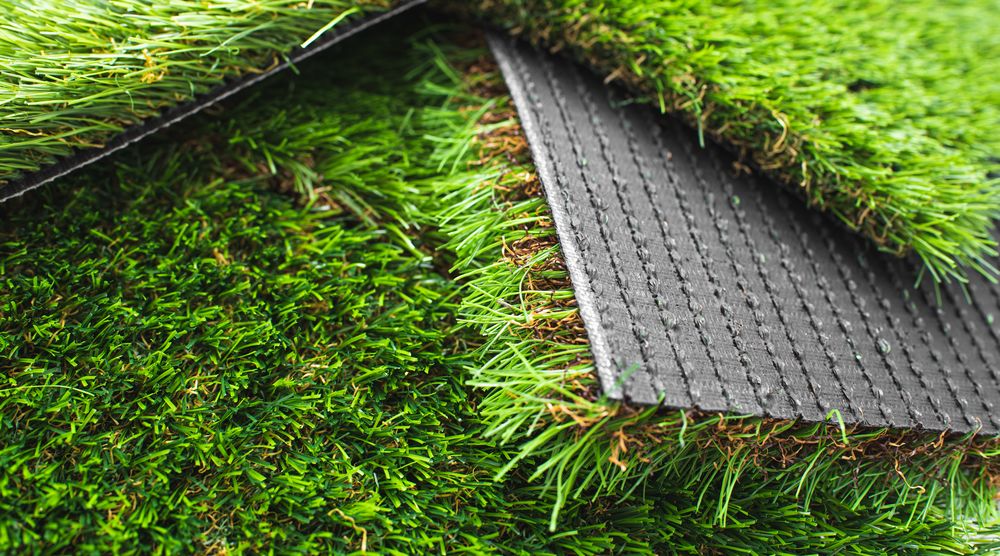What should you know about recycling artificial turf?
What methods exist and how will this new recycling sector evolve? Find here some answers about artificial turf management.

Money-saving and good-looking all year round, synthetic grasses are in fashion – and not only on sports fields! But they wear out and need to be replaced - and recycled. What methods exist and how will this new recycling sector evolve? Find here some useful answers about artificial turf management.

Why is artificial turf recycling in the news?
A recent study (1) estimates that the artificial turf market will top 12 billion dollars in 2027, i.e. annual growth of 7.75%, with clear progression in Europe. A very buoyant trend in sports grounds as well as private homes, shopping malls and airports. The artificial turf market is boosted by several factors:
- Advanced technologies which make it possible to create synthetic grass with higher performance levels
- The enthusiasm of the population for sport obliges local authorities to budget for a significant rise in sports club membership.
- Interesting long term cost/quality ratio.
- Interesting long term resistance to climate change.
- Simplified maintenance.
To address maintenance in greater detail, read our article „Sports field maintenance: all-natural vs. synthetic grass”.
With a lifetime of approximately 10 to 15 years, local authorities and home owners who chose artificial turf in the early 2000s are now faced with recycling problems. Up until quite recently, these wastes were burned or dumped. But with growing awareness of the impact of our waste on the environment, new recycling methods exist and just need to be adopted to grow!
What to do with worn-out artificial lawns and playing fields
To recycle and revalorize worn-out lawns and playing fields, the various artificial turf components must be separated and appropriately treated. Recycling companies are working hard to find solutions. Artificial turf is composed of:
- an underlayer, which can be re-used without further treatment if it is in good condition;
- the mat, which can be crushed and extruded as a secondary material;
- the filling, the components of which must be separated and cleaned.
All in all, it is a whole variety of polymers (polyethylene, polypropylene, nylon, styrene-butadiene rubber and polyurethane…) and natural materials (silica sand, calcium carbonate…) that must be treated before being re-used, recycled, or burnt to generate power. For example:
- rubber pellets can be recycled in rubberized asphaltic concrete or molded rubber products.
- sand can be re-used in landscaping or maintenance to fill holes.
- products difficult to re-use can be incinerated, pyrolyzed or gasified to generate power.
Whatever the solution adopted, the owner of a synthetic grass lawn or playing field has a legal obligation to certify how each of the components has been recycled or destroyed.
Lost with vocabulary? Check our technical glossary for sports field maintenance
Artificial turf recycling can go even further
The combined efforts of recycling companies and local authorities already make it possible to treat 80% of worn-out lawns and playing fields and avoid tipping 13,000 metric tons of waste into landfills (2). But for artificial turf recycling to be fully effective, local authorities must be involved to a greater extent, in particular by including a specific section about recycling in tender documents for synthetic grass supplies.
In the same way, if sand and rubber aggregates are easy to re-use, other components like TPE (polyethylene) and EPDM (ethylene propylene diene monomer) rubber are still a major challenge because of their ageing. Manufacturers and recycling companies are working hard to find more innovative processing solutions.
In September 2021 Placedupro announced (3), that a specific standard was soon to be published “to quantify new characteristics which, taken as references, will make it possible to estimate the degree of wear and ageing of aggregates”. Professionals can thus expect more monitoring of materials re-use, which will further boost the development of the artificial turf recycling sector.
For increasingly more ecological sports fields, the recycling sector is gradually organizing itself to meet the challenges of tomorrow’s world. Are you thinking of creating or refitting a sports ground? Consult our article to know how to do it.
(1) Arizton: Artificial Turf Market - Global Outlook & Forecast 2022-2027
(2) Fedairsport: Valorisation des gazons synthétiques en fin de vie, Cahier technique
(3) Placedupro: Les étapes pour revaloriser un terrain synthétique
© Photo credit: Joaquin Corbalan / Adobe Stock

